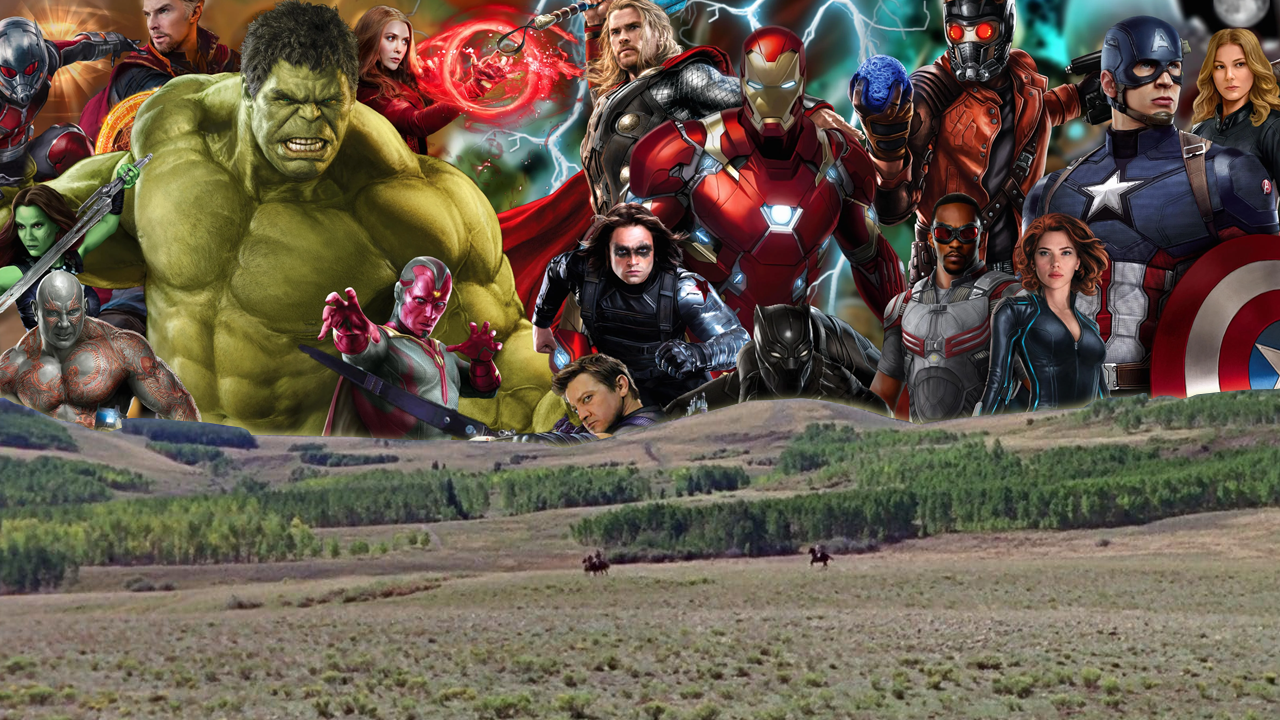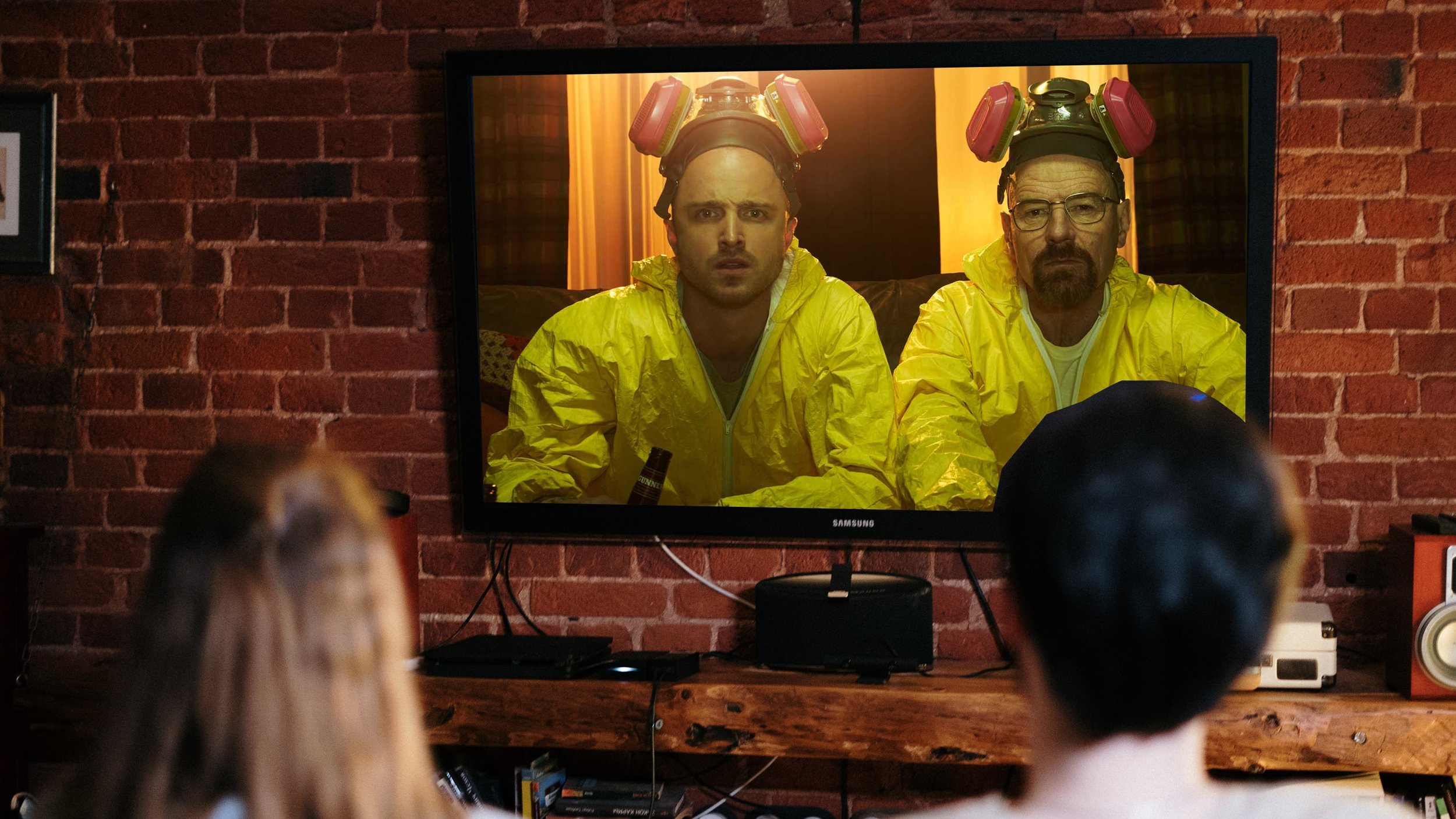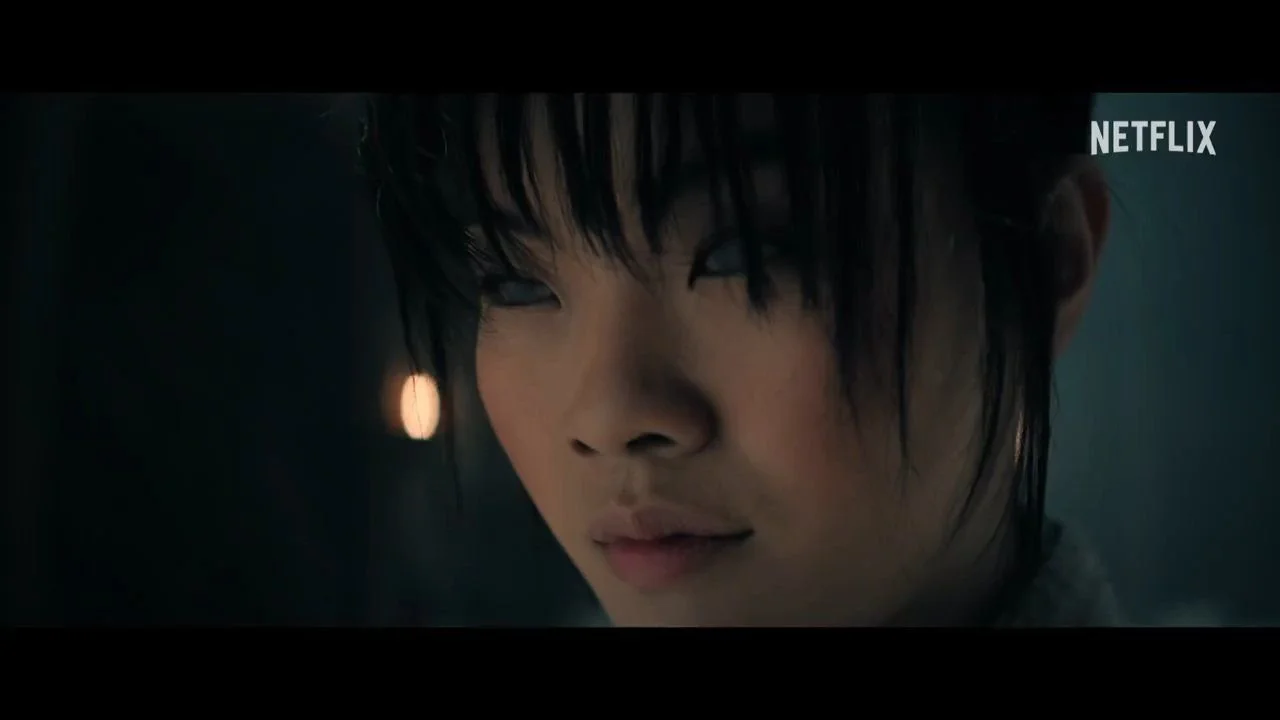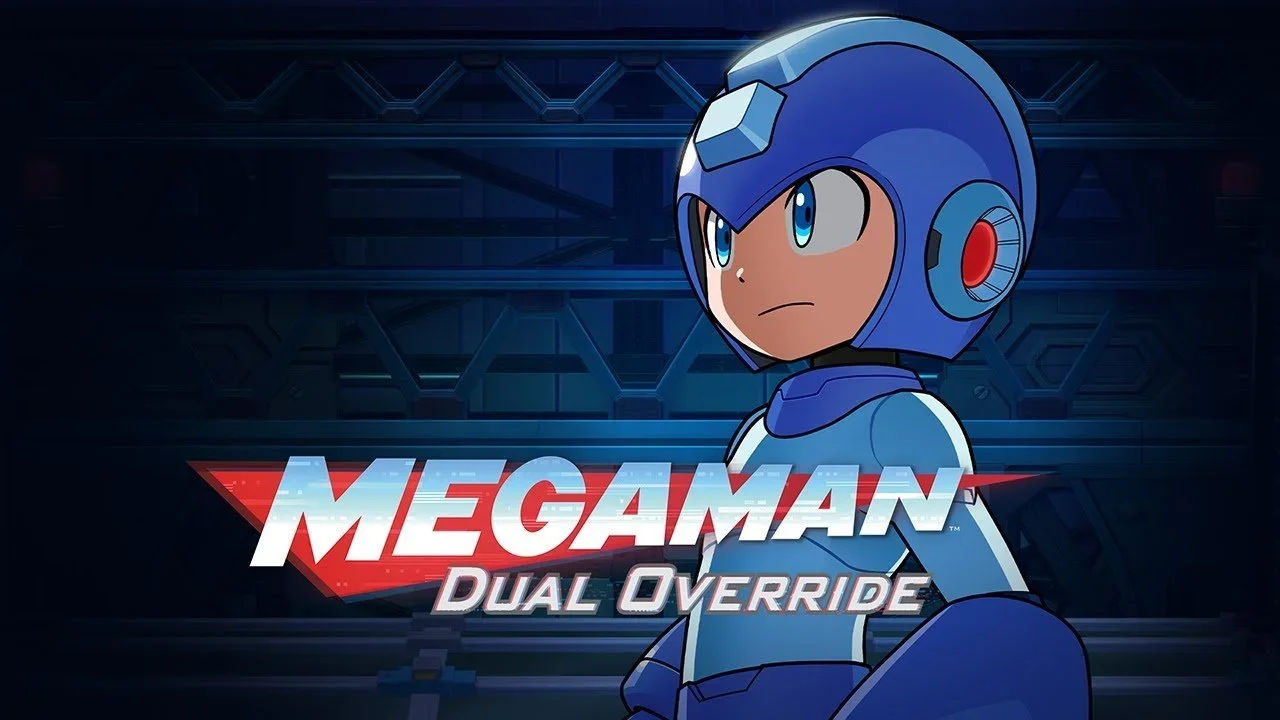Will Franchise Movies Go The Way Of The Western?
Image Source: CultureSlate
Since Marvel Studios created the Marvel Cinematic Universe in 2008 with Iron Man, it has seen a lot of success with its world of interconnected stories and large-scale events. A success that many other studios want a share of. As such, the movie landscape these days is full of sequels, connected universes, and rebooting or returning to old IP with the hopes of snagging some of that brand recognition.
After all, if you have a recognisable name, people are more likely to see it, based on their trust that it will be good. Or loyalty – whether conscious or not – to a particular franchise. With all of these franchises booming onto the market, there is a case to be made that fatigue is sinking in. Or even that an oversaturation of the market will be the downfall of the franchise movie.
RELATED:
It happened with the Western genre, whereby the market became oversaturated which lead to the downfall of the genre at one point in time. But are the two comparable? Franchises can fit into any genre, so already it seems unlikely. Wrong thinking. Oversaturation happens when too many similar things arrive on the market at the same time. For the Western, that was the genre. For franchise movies, it’s something else.
As a fan of a franchise, you are invested in it. Will go to see movies within it above all else. Let’s say you are a fan of three franchises and that is true. They might not all have a release in a particular year, allowing you to watch some other releases. Looking at Box Office Mojo for releases in 2022, I count 13 that fit within a movie franchise in the top 50 of the domestic charts. That leaves a good amount of other movies that might hold your interest.
Image Source: CultureSlate | Three of the top ten franchise movies at the box office for 2022
Now let’s triple that number. There are 39 releases out of 50 tied to a franchise. Some of the movies on the release calendar might hold interest to you. But, as is the way of interconnected universes, you might be put off from watching because of how much history is already a part of that story. No matter whether you’d enjoy it or not, there will be the feeling you are missing out on something. A quick look at a listicle will help with that, but it’s not the same as seeing that history unfold for yourself.
With a solo release, everything the story wants to tell you is there. The history of that world is discovered as the runtime progresses. Characters won’t just show up out of nowhere who are important to the plot and expect you to already know them. With a solo release, the feeling of missing out or being clueless about some part of that movie isn’t a thing. But as more releases become tied to a franchise, there will be fewer of those solo releases to enjoy.
And that is the oversaturation I talk about when it comes to the franchise movie. It doesn’t matter what genre it fits in or what the theme of the story is, the amount of history each release within the franchise brings with it will eventually put off all but the dedicated fans of that franchise. And if the release calendar is dominated by franchise movies, where will the casual moviegoing audience go?
It might not seem like it could happen, but the Western grew in popularity and then fell hard because of something similar. After the silent movie era, the Western picked up popularity because they were successful with moviegoing audiences. During the 1940s, that audience wanted action. And the Western provided. Studios provided more Westerns, and audiences continued to see them all the way through to the 1960s.
Hitting its peak in the 1950s, the Western was a staple of the theatre. Every month it seemed like there was at least one. Studios started providing twists on the standard template, offering a harsher, darker depiction of the Old West. But even with those changes and the Western dominating theatres with their presence, things started to fall in the 1960s. There were just too many to keep track of for the audience. They were split among all those releases, reducing their success.
Image Source: CultureSlate | Horses, hats, and highway robbery were just three staples of the Western
In today’s world, as more movies become franchise movies, people will have their favourites and will stick with particular franchises above others. But franchises incur another risk that the Western never had. A single failure within a franchise can be enough for people to lose faith in it. Even if not a single failure, if people feel there are repeated failings in that franchise, they will lose interest and go elsewhere.
In recent years, there has been a lot more talk from studio creatives about wanting to create their own Marvel-like interconnected universes. Warner Bros. is giving DC Studios another chance at creating such an interconnected universe, while also planning on utilising their other franchises, such as Harry Potter and The Lord of the Rings, to return those universes to the big screens.
Kenneth Branagh, director of 2017’s Murder on the Orient Express and 2022’s Death on the Nile has talked about creating a connected universe with his Agatha Christie novel adaptations. Wanting to bring Miss Marple and Hercule Poirot together to solve mysteries. Chris McCarthy of Showtime has already talked about how he holds hope that the Gattaca reboot can become a franchise.
Already then, studios are looking to take advantage of the potential a franchise can bring, even where it might not make the most sense. At present, it seems the movie landscape is still in the 1930s Western stage, but it likely won’t be long before it progresses into the 1940s stage. If all these studios can manage to bring successful franchises to that landscape by the end of the 2020s, it seems likely that peak saturation will begin soon after.
Whether audiences react the same way they did to the oversaturation of the Western on the market is anyone’s guess. But if franchises become a large percentage of the movie landscape, a choice needs to be made. Either no one sees success from an even split, or only a few see success from everyone heading to what seems the most popular. In my eyes, there is no in-between. And either future of that movie landscape isn’t a good one.
READ NEXT:















